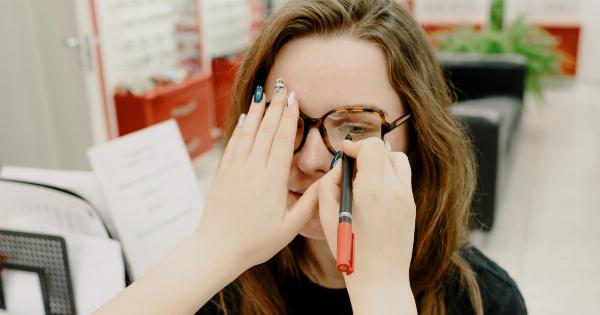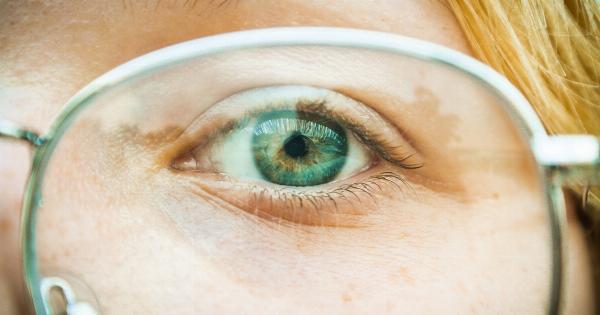As parents, ensuring the health and well-being of our children is always a top priority. While we often focus on protecting them from physical harm, it is equally important to pay attention to their visual health.
Eye damage in children can significantly impact their development and overall quality of life. To help prevent such issues, here are some essential tips for parents:.
1. Schedule regular eye check-ups
Regular eye check-ups are crucial for detecting any potential eye problems in children.
The American Optometric Association recommends that children have their first eye examination at the age of six months, followed by another at three years old, and then again before starting school. Afterward, it is advised to have comprehensive eye exams every one to two years, based on the optometrist’s recommendation.
2. Promote a balanced diet
A well-balanced diet rich in essential nutrients plays a vital role in maintaining good eye health. Encourage your children to consume foods containing vitamins A, C, and E, as well as omega-3 fatty acids.
These nutrients can be found in fruits, vegetables, fish, and nuts, among other sources. Limiting their intake of processed and sugary foods is also beneficial for overall health, including their eyes.
3. Encourage outdoor activities
Outdoor activities not only promote physical well-being but also benefit eye health. Spending time outdoors exposes children to natural light, which helps in the development and maintenance of healthy vision.
Additionally, outdoor play reduces the risk of nearsightedness or myopia—the prevalence of which has been increasing among children in recent years.
4. Limit screen time
In today’s digital age, children spend a significant amount of time in front of screens. Excessive screen time, however, can strain their eyes and lead to discomfort, dryness, and other vision-related problems.
Experts recommend enforcing the 20-20-20 rule: every 20 minutes, encourage your child to look at something 20 feet away for at least 20 seconds. Setting screen time limits and ensuring they take frequent breaks is crucial for maintaining eye health.
5. Teach good hygiene practices
Instilling good hygiene practices in your children can prevent eye infections and other related complications. Teach them the importance of washing their hands frequently, especially before touching their eyes or face.
Additionally, discourage the sharing of personal items such as towels and pillows, as these can be breeding grounds for bacteria that can cause eye infections.
6. Provide protective eyewear
Whether it’s during sports activities or certain outdoor tasks, it is essential to provide children with appropriate protective eyewear. This can significantly reduce the risk of eye injuries, such as corneal abrasions or retinal detachments.
Safety glasses, goggles, or helmets with face shields should be worn whenever there is a potential risk of projectiles, chemicals, or harmful UV rays.
7. Create an eye-friendly environment
Creating an eye-friendly environment at home can help prevent eye strain and discomfort for children. Ensure adequate lighting in study areas, and position desks or reading materials to minimize glare from windows or overhead lights.
Controlling the usage of bright overhead lights during screen time is also recommended. Lastly, monitor the distance and angle at which your child holds digital devices or books to minimize eye strain.
8. Be aware of common signs of eye problems
Being familiar with common signs of eye problems can help you identify any issues early on.
Watch out for symptoms such as frequent eye rubbing, squinting, difficulty focusing, complaints of headaches or eye pain, poor hand-eye coordination, and avoiding activities that require near or distant vision. Should you notice any of these signs, consult an eye care professional for further evaluation.
9. Educate about the importance of eye protection
Teach your children about the importance of eye protection and help them develop healthy habits. Encourage them to wear sunglasses that provide UVA and UVB protection when outdoors, even on cloudy days.
Explain the dangers of looking directly at the sun and emphasize the need to follow proper safety guidelines during science experiments or any other activities that involve potential eye hazards.
10. Be a role model
Children often emulate their parents’ behavior, so setting a good example is crucial. Ensure that you prioritize your own eye health by following the same guidelines you teach your children.
Regularly schedule your own eye exams, wear appropriate eyewear when necessary, and maintain good habits when it comes to screen time and outdoor activities.






























